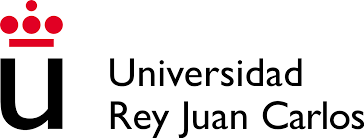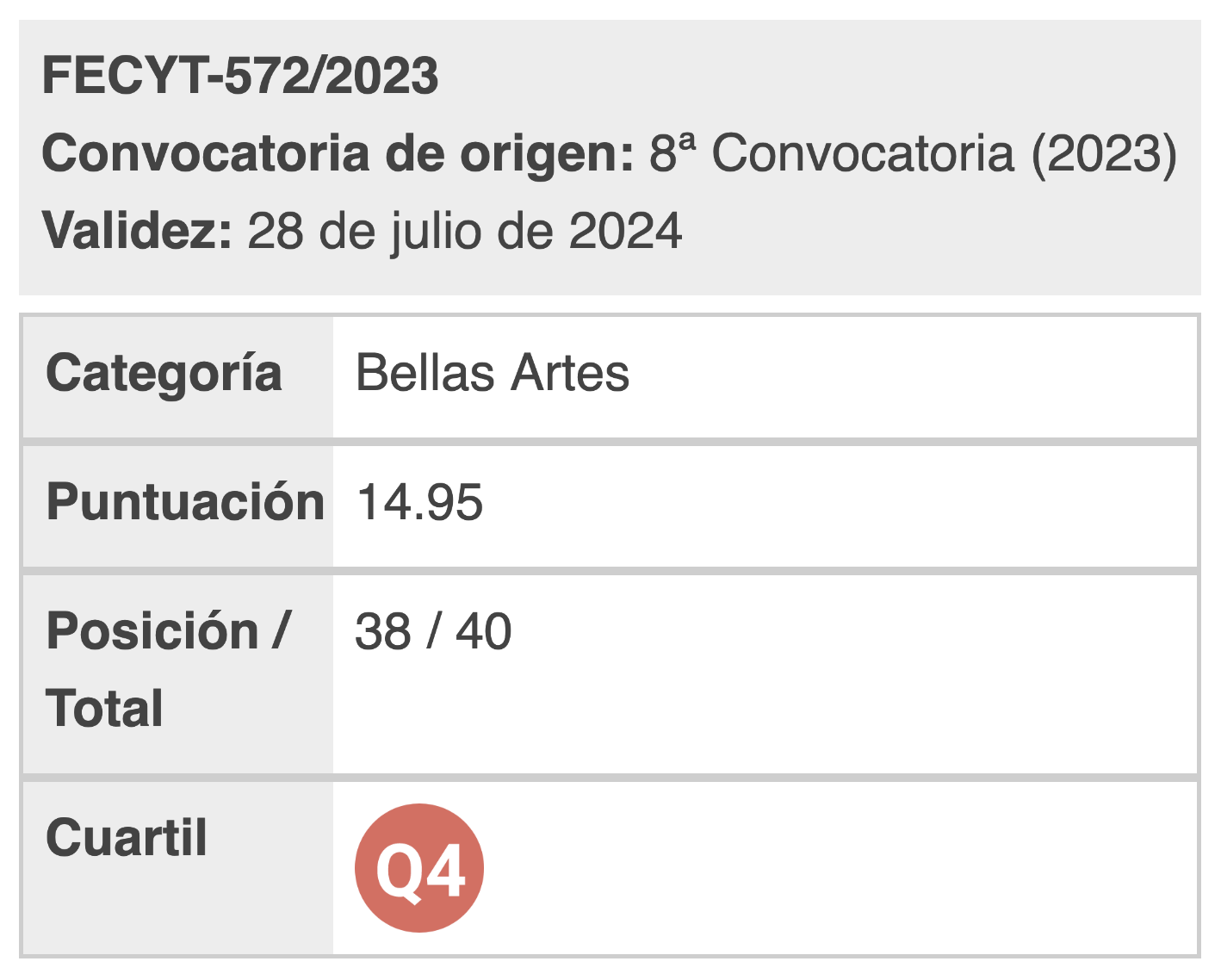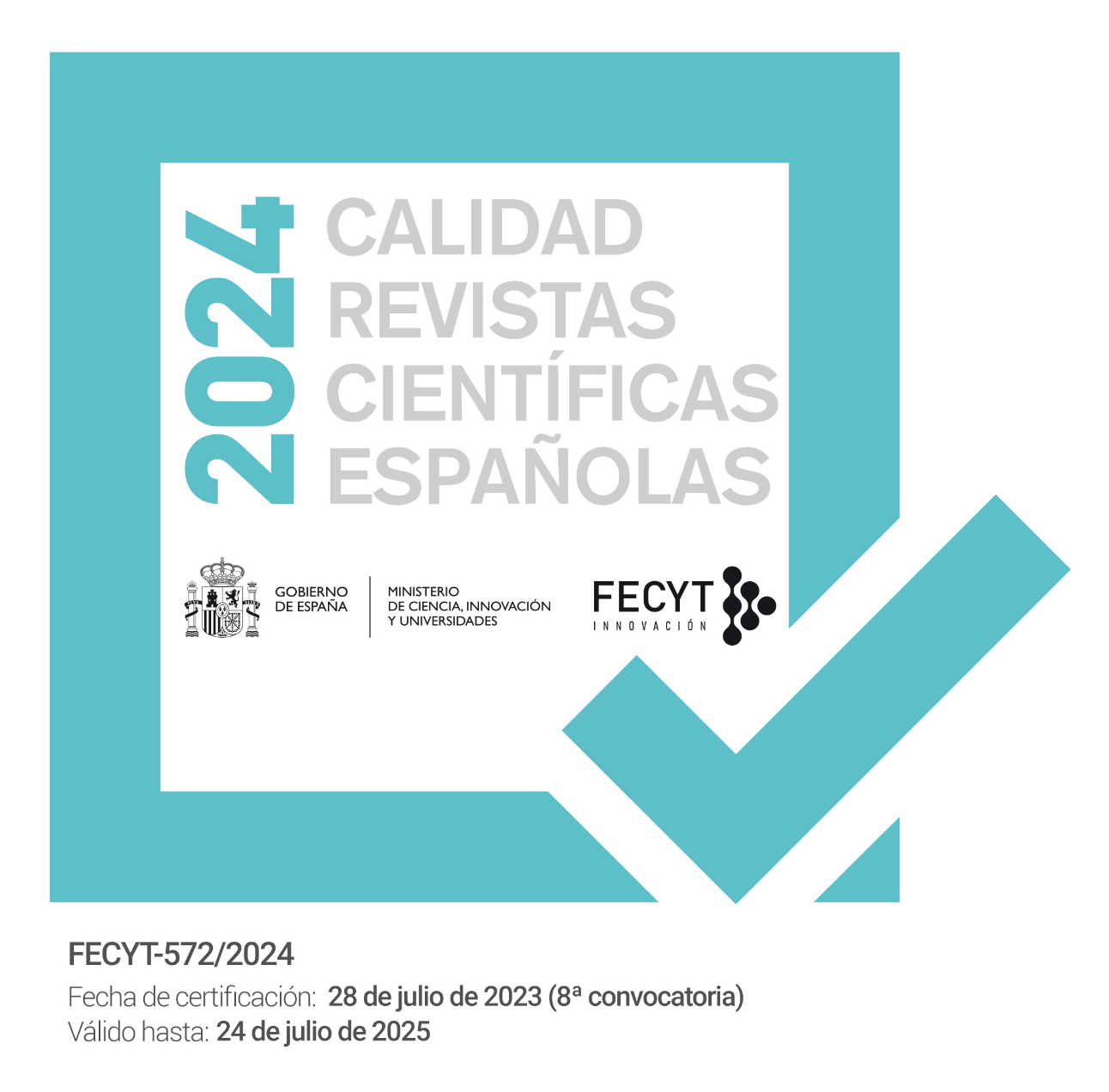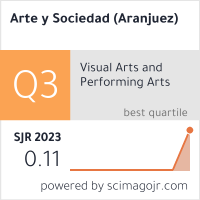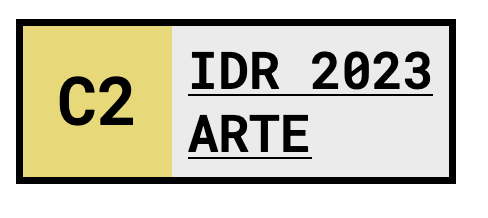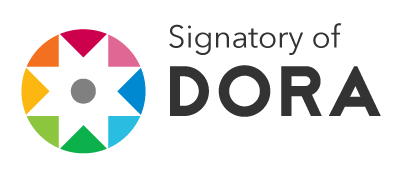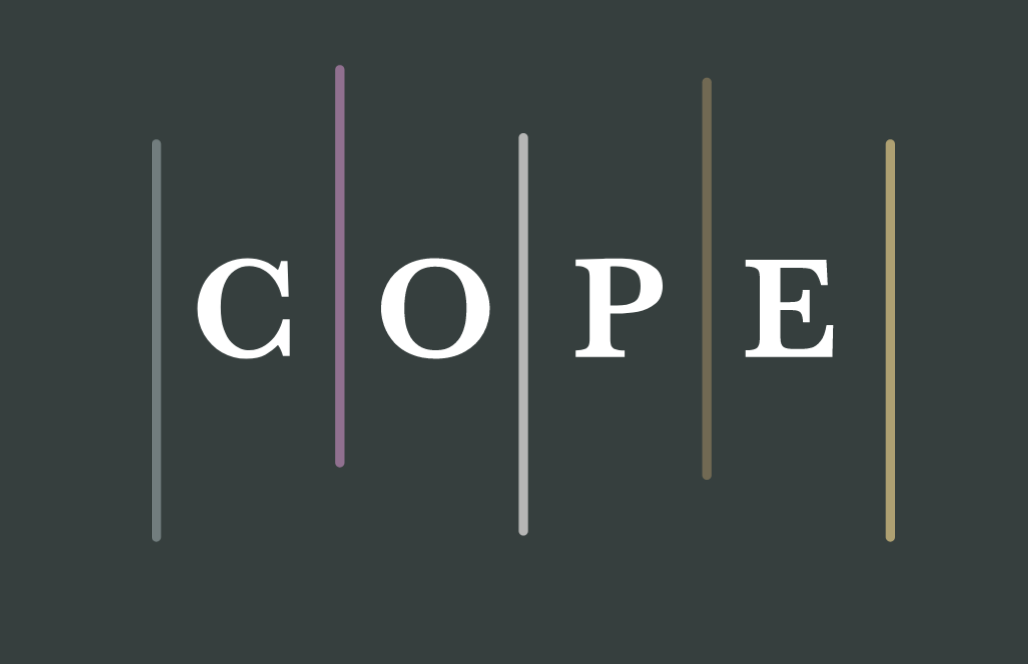Call for papers. Monographic 2022
Theatre, dance, opera, the circus, music and the visual arts are building new cartographies in the performing arts thanks to the insertion of ICT in its immersive shows and generating new audiences. Our cities are filled with screens that mediate our perception. In what way are these new Are technological expressions intervening in the relationship with our environment? Light Festivals are increasingly common in our cities, as are immersive shows.
This democratization of aesthetic enjoyment made from technological proposals is associated with the risk of confusing the artistic work with its staging, often spectacular and with a markedly virtuosic character, making it necessary to critically reflect on this phenomenon.
The new technologies make it possible to establish complex relationships between the image, and the scenic, natural or urban space. Visual experiences leave the screens of our personal devices and conquer new supports, formats, and creative proposals. Digital photography and video projections and interactive light effects offer us multiple possibilities for creation, interpretation, and innovation in the construction of experiential spaces. All these new artistic manifestations generate innovative and multidisciplinary research proposals. From a critical artistic perspective, this open call summons those researchers who have addressed the use of digital and analog images to create spaces or transform existing ones in search of new meanings in the field of image cultures.
Lines of investigation TRENDS
• New figures and trends in video projection in the performing arts.
• Visual and sound creations, in the stage space. theater, cinema, television and internet.
• Design of scenarios in the audiovisual industry and videogames.
INTERACTIONS IN URBAN AND NATURAL ENVIRONMENTS
• Video projection, videomapping and digital effects to reinterpret the natural and urban space.
• Video projection and interactive images in artistic creation and exhibition. facilities and performances. • Video projection applied to the enhancement of heritage.
• Projected image and individual and collective memory.
• New immersive maps. Case studies.
• Transfers and hybridizations in the new audiovisual stories: TIME AND SPACE
• Technological mediation in the fleeting.
• New relationships in the cybernetic chronotope: people and screens.
• New perceptive forms of telepresence in cyberculture. Remote actions.
• The metaverse as a new scenario of the real?
• New modes of time and interaction in immersive spaces.
FUTURE TECHNO AND INTERACTIVE MACHINES
• Use of robots and drones in public performance actions.
• Use of programming, graphics and artificial intelligence in artistic creation and audiovisual shows.
• Generation of audiences through the public audiovisual.
• Critical views on the use of audiovisuals in the scenic space. The editors also invite the submission of other proposals related to the general theme of the magazine that will be used for the publication of the following miscellaneous numbers of the magazine.
Deadline for receipt of proposals: May 30, 2022. Publication date (online access to contents): July 31, 2022
PUBLICATION RULES
The articles will keep an IMRyD academic format: introduction, methodology, results and discussion or conclusions, followed by bibliographical references. Research papers will have a maximum length of 4,000 to 6,000 words. The articles will be sent using the downloadable file model from the ASRI page: https://www.eumed.net/rev/asri/normas.html Articles must comply with the APA 7 standard. https://normas-apa.org/
SUBMISSION OF PROPOSALS
The sending of the originals in Word, according to the format of the magazine template, will be done jointly to the following emails:
raquel.sarda@urjc.es
vicente.alemany@urjc.es
You can also send the originals (whether from the monograph or from the #OpenASRI miscellany) to the journal's contact address.
joser.alcala@uclm.es
JOURNAL INDEXING ASRI
Art and Society. Research Journal (ISSN: 2174-7563) is hosted at: http://www.eumed.net/rev/asri/ It is indexed in IDEAS-RePEc, e-Dialnet, Latindex (Catalog), RESH,, DICE-CSIC , Ulrich's, MIAR, ZDB, SUDOC, COPAC, OCLC WorldCat, ISOC, ROAD, CARHUS Plus+, Sherpa Romeo, Dulcinea, Regesta Imperii, among many other international databases. It is currently the eighth journal with the highest H index of all Spanish scientific journals on Fine Arts, from according to the annual ranking prepared by the EC3 Research Group (University of Granada) "H Index of Spanish Scientific Journals according to Google Scholar Metrics (2014-2018)

